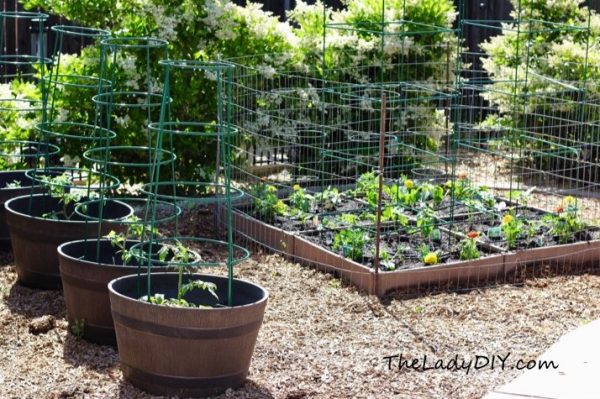should lawns feed us or just look pretty?
When I was a child, my grandmother’s backyard was a patchwork of vegetables, herbs, and wildflowers. She’d say, “Every inch should give something back.” But today, in our North American suburbs, lawns are mostly green carpets—perfect, but empty. I often wonder: why do we pour so much water, time, and chemicals into grass that gives us nothing in return? Some of my neighbors see their lawns as a badge of pride, a symbol of order and beauty. But I crave the old ways—tomatoes ripening in the sun, the smell of mint underfoot, the joy of picking dinner from your own yard. I’ve started tearing up patches of my lawn, planting beans and kale where grass once ruled. It’s not always easy; the HOA sends warning letters, and some folks frown at my "messy" garden. They say it spoils the neighborhood look. But when my grandchildren visit, they pluck strawberries and chase butterflies, just like I did long ago. This tug-of-war between tradition and modernity, between food and form, feels especially urgent as droughts and heatwaves hit our region. Is it time to rethink what a beautiful yard means? Should we stick to the old green lawns, or let our gardens feed us again? I’d love to hear your stories—have you faced pushback for growing food, or found creative ways to blend beauty and bounty? #gardeningdebate #lawnsorfood #communitygardens #Gardening
2025-05-25
write a comment...
